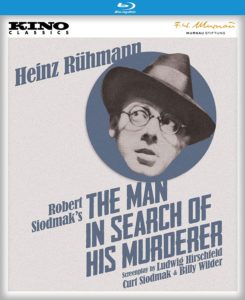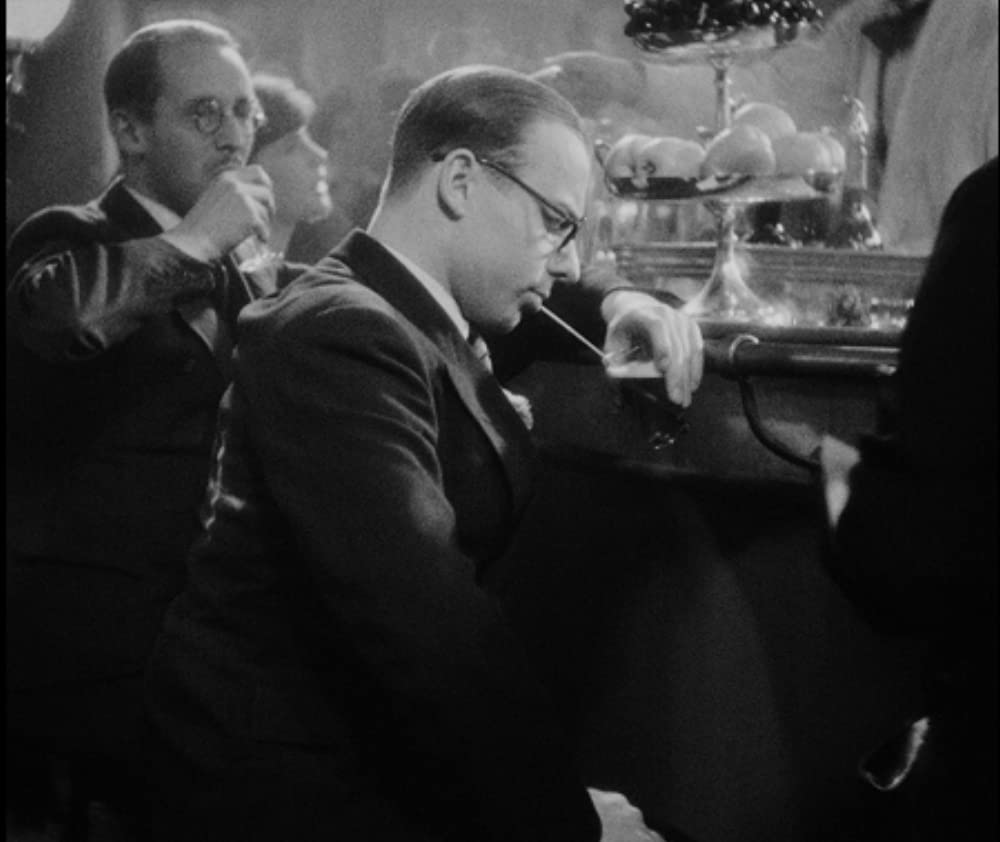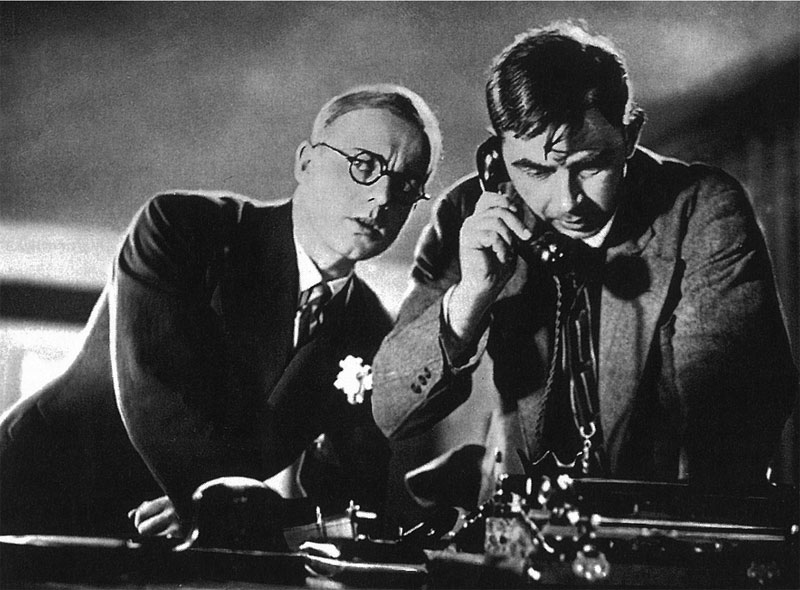A Short, Sharp, Shocking German Comedy
DIRECTED BY ROBERT SIODMAK/1931
STREET DATE: April 6, 2021/KINO LORBER STUDIO CLASSICS

Chronological snobbery in every generation leads us to believe that dark, edgy, and surreal comedy is uniquely contemporary. Of course, it’s not and while there are plenty of examples stretching back hundreds of years, director Robert Siodmak’s 1931 “proto-musical murder comedy” The Man in Search of His Murderer is one that has unfortunately slipped into obscurity.
The Man in Search of His Murderer (Der Mann, der seinen Mörder sucht) is a spare, cynical story of suicide and contract killing (unsuccessfully attempted, in both cases). It’s pedigree is impressive, with a crew that later fled Germany in the 30s and enriched Hollywood: Robert Siodmak went on to direct such films as The Spiral Staircase and The Killers. His younger brother, Curt, co-wrote “The Man in Search of His Murderer” and in Hollywood specialized in writing horror screenplays (The Wolfman, I Walked with a Zombie). The other co-writer, Billy Wilder, became a giant in Hollywood, both as a writer and a director (Sunset Boulevard, Ace in the Hole, Double Indemnity, Some Like it Hot, The Apartment, and on and on…) Wilder’s dark, sardonic wit is evident in The Man in Search of His Murderer, even with the film’s limited dialogue (typical of early sound films). The film’s composer, Friedrich Hollander, also went on to a prolific career in Hollywood, including writing the songs for the equally dark and deranged The 5000 Fingers of Dr. T.
I can’t really tell you what film Siodmak and company made, when they made The Man in Search of His Murderer, because out of the film’s original 9 acts, only 5 remain. The film failed with audiences and was severely trimmed before being released under a new title: Jim, The Man with the Scar. The new Kino Blu-ray restores the original title, if not the lost acts. The film opens with the central character, Hans Herfort, standing in front of a mirror with a gun to his head. It’s a grim, noirish shot, but in just a matter of seconds the film tilts sideways into comedy. When a burglar breaks into Herfort’s apartment, he pleads with the intruder to kill him.
After consulting with this criminal union’s on call legal department, the burglar, Otto Kuttlap (Raimund Janitschek) agrees to kill Herfort within 12 hours for a hefty chunk of his life insurance. A contract is drawn up, and madness ensues. It turns out that Kuttlap is not a particularly skilled contract killer, leading to slapstick disasters including a bombing gone awry and a failed electrocution. For his part, Herfort has given up on life too soon. Just after signing his life away he goes to a club, meets a beautiful girl, Kitty (Lien Deyers) and falls in love. With his will to live restored, Herfort, Kitty, and his Weimar Republic bros go in search of Kuttlap – only to discover that he’s sold the contract to a more experienced assassin, a member of the same criminal union. “Our best man,” Kuttlap explains rapturously. “Our pride and joy. Jim, The Man With the Scar.”

While Hans Ruhmann gives a strong performance as the callow, vapid Hans Herfort, I have to tell you that my favorite character in this film is Jim, The Man With the Scar (Hermann Speelmans). He is alternately menacing and endearing, the sort of hilariously bizarre character who might wind up one of Wilder’s later films, like Ball of Fire. Kuttlap and Jim are members of the Weisse Weste – the White Vest Club – a union and social club for criminals. Hints of The Threepenny Opera and M abound, but the Weisse Weste is sillier than anything in either of those works. The scene of the members singing together as their leader, played by Holland, directs them with a loaded gun, is one of the best in the film. Eventually the film’s chaotic plot spins out of control and the last few minutes lose their momentum in the chaos. But most of The Man in Search of His Murderer is twisted fun.
Kino’s new release of The Man in Search of His Murderer looks great, with richly textured black and white cinematography showing off the film’s expressionistic sets and the actors wonderfully unforgettable faces. It also sounds good, and the songs are genuinely catchy. The only bonus feature is an audio commentary by film historian Josh Nelson, but he knows his stuff. Nelson is the one who described the film as a “proto-musical murder comedy”, which is both accurate and communicates how weird and enjoyable this movie is.


